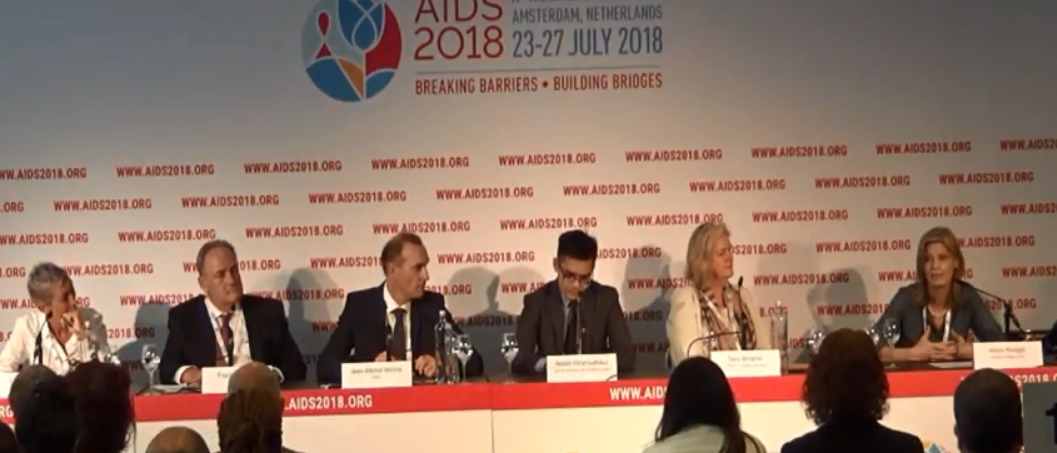On 25 July 2018, late-breaking results presented at the AIDS 2018 conference in Amsterdam, confirm that having an undetectable viral load is as protective for gay men as it is for heterosexual couples. This will improve the quality of life for HIV positive people and their partners globally.
This is the largest study to look at the risk of HIV transmission when the positive partner in on effective treatment (ART).
The PARTNER2 Study has been following almost 1,000 gay male serodifferent couples from 14 different countries in Europe, where one partner was HIV-infected and on suppressive ART, and the other partner was HIV-negative. The study followed couples from September 2010 to April 2018, over which time couples reported almost 77,000 episodes of condomless anal sex with no linked HIV transmission occurring.
Dr Alison Rodger from UCL, London (lead author on the PARTNER study) explains the study: “
The PARTNER2 study was designed to find whether HIV transmission occurs in gay men when viral load was suppressed. Despite these couples having sex without condoms almost 77,000 times we did not find a single case. PARTNER2 data provides robust evidence for gay men that the risk of HIV transmission with suppressive ART is effectively zero, supporting the message of the U=U campaign.”
PARTNER2 was an extension of the earlier PARTNER1 study, which also found zero transmissions in a study population where 65% of couples were heterosexual. Some gay couples in PARTNER2 were also included in the PARTNER 1 results.
The new results provide a similar level of confidence that HIV transmission risk in gay men through condomless sex is effectively zero as PARTNER1 provided for heterosexual couples.
The results underline the importance of earlier diagnosis and treatment.
Professor Jens Lundgren, professor in Infectious Diseases at Rigshospitalet, University of Copenhagen and Co-PI for the PARTNER study, comments “
In 2015 we proved that it was better to start HIV treatment as soon as possible. We have now provided the scientific evidence for how effectively treatment prevents further sexual transmission”.
No linked HIV transmissions between serodifferent gay couples in the study
Some of the originally HIV negative men did becomes positive during the study, but by comparing the structure of each virus it was possibile to show that the two infections were different, and to conclude that the new infection was not acquired from the HIV positive partner. This uses a technique called phylogenetic analysis.
In the PARTNER2 study, a total of 15 HIV-negative gay men became HIV positive during follow up.
Researchers from the University of Liverpool led by Professor Anna Maria Geretti, undertook the phylogenetic analyses. Professor Geretti comments: “Each individual HIV infection has its own genetic characteristics. Comparing the genomes of different viruses can show how similar or indeed dissimilar one virus is to another. In PARTNER2, the phylogenetic analysis showed that in all cases of new HIV infections occurring during the study, the virus was so different that it must have come from someone other than the HIV-positive partner on suppressive ART.”
Simon Collins, an HIV positive treatment activist at HIV i-Base, London, and one of the community representatives involved in the study said: “
PARTNER2 has met the community demand from gay men to have accurate data about our health. There is no evidence that HIV transmission can actually occur when viral load is undetectable. Our data continue to support the international U=U awareness campaign."
The study is supported by grant [grant number DNRF126] from the Danish National Research Foundation
